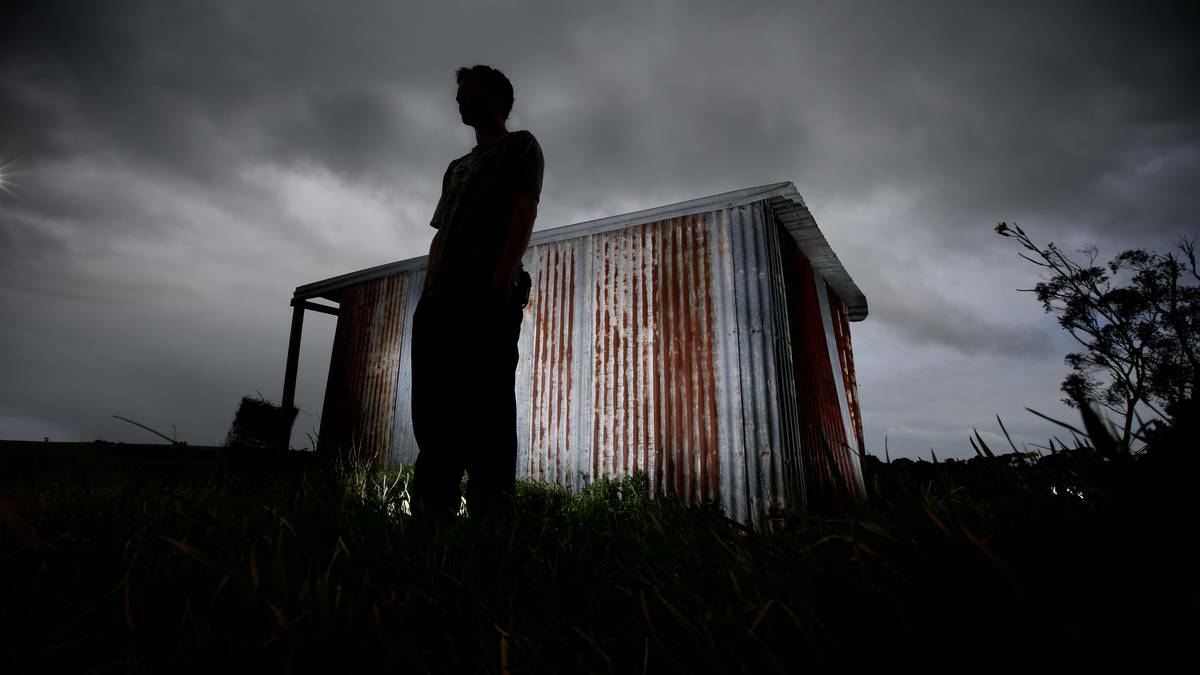
Illicit drug users are abandoning traditional street drugs for "ice", the more concentrated, potent version of methamphetamine, which has been linked to an increasing number of deaths and murder investigations in recent years.
Subscribe now for unlimited access.
$0/
(min cost $0)
or signup to continue reading
Victoria's first report into methamphetamine has made more than 50 recommendations to the government on how to tackle a drug that has a stranglehold on many Victorian towns.
The report called for the creation of a ministerial council, led by the Premier, to develop and implement a state methamphetamine action plan and lead the development of targeted strategies for individual communities.
The Law Reform Committee, whose report was tabled on Wednesday, has also recommended more rehabilitation and detox facilities in the country, more education and stronger legislation to crack down on manufacturers who expose children to highly explosive clandestine laboratories.
Premier Denis Napthine has vowed to fast-track his government's response to the report, promising "significant" developments within six months.
Victorian users have moved away from the powdered form of the drug to crystals, or "ice", that can be smoked, sparking concerns it's easier than ever to hook young people, as smoking the drug removes psychological boundaries presented by injecting.
"The purity of crystal methamphetamine has also increased over the past two years, which exacerbates the drug's harmful effects," the report stated. "It is this shift in use which could account for the increase in the extent of harms reported by the community."

Although the inquiry considered data from the 2013 National Drug Strategy Household Survey, which found methamphetamine use was dropping slightly in Australia and Victoria, it concluded that there was not enough evidence to support this finding.
In contrast to the study on drug use, seizures of the drug and its precursor chemicals on Australia's borders and the prevalence of clandestine drug laboratories have kept rising since 2010, the inquiry was told.
Additionally, in the year to July 2013 the number of ambulance call-outs believed to be linked to ice abuse shot up 88 per cent in Melbourne and 200 per cent in regional Victoria.
The Coroners Court of Victoria reported deaths where methamphetamine was present rose from 66 deaths in 2009 to 166 in 2013, marking a 165 per cent increase in five years. The deaths were caused by accidental poisoning, suicides and road crashes.
Alarmingly, while use has been dropping in Australian cities in recent years the survey suggests it has continued to rise in regional and remote Victoria, where health and policing resources are more likely to be stretched.
While use in Melbourne had fallen from 3.3 per cent of the survey pool to 2.1 per cent in the decade to 2013, the opposite trend was taking place in regional Victoria with use of 1.6 per cent in 2004 rising to 2.8 per cent in 2010.
Last year marked an exception in this trend with a dramatic drop in regional use, but the committee noted the result may not really be reflective of the true extent to ice use. "It would be inappropriate to conclude the scale of the ice problem in Victoria is on the decline."
The committee heard evidence that not only was ice more dangerous to the user, but that it could make a user more likely to commit certain types of crime, with about 20 per cent of ice users committing a violent offence during 2012-13.
Police told the committee there had been 32 homicide investigations linked to ice in a 17-month period between July, 2012 and November 2013. During four months last year, 34 per cent of homicides were linked to ice, up from 21 per cent in 2012-13.
THE INQUIRY'S RECOMMENDATIONS
- A "harmonisation" of unexplained wealth laws across Australia to target organised crime groups.
- An expansion of the drug court, which is now only servicing the Dandenong area.
- Harm reduction programs and facilities, particularly in regional areas, including withdrawal beds, better access to residential beds and well-resourced outpatient facilities.
- "Innovative" programs and resources for schools and young people to support those at risk of exposure to drug use.
- Action to deal with online drug trading.
- An Australian Crime Commission-led special operation focusing on south-east Asia.

